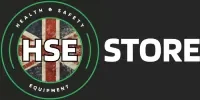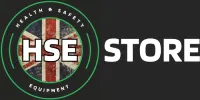-
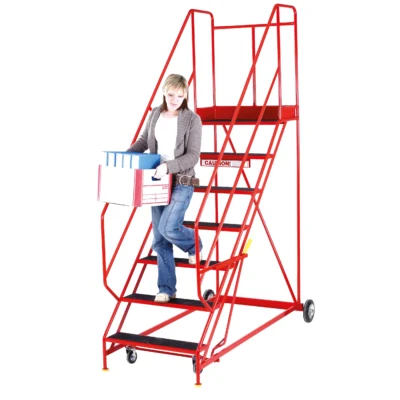
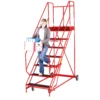

Easy Rise BS Warehouse Mobile Steps – Expamet Treads
Built for heavy-duty use, these Easy Rise BS mobile steps feature Expamet treads for superior grip and a shallow incline…
Read more -


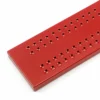
Easy Rise BS Warehouse Mobile Steps – Punched Steel Treads
These Easy Rise BS mobile steps feature punched steel treads for excellent slip resistance and a shallow incline, making them…
Read more -



Easy Rise BS Warehouse Mobile Steps – Anti Slip Treads
Designed for demanding environments, these Easy Rise BS mobile steps feature high-grip anti-slip treads and a gentle incline for safe,…
Read more -



Easy Rise BS Warehouse Mobile Steps – Ribbed Rubber Treads
These Easy Rise BS mobile steps combine ribbed rubber treads with a shallow incline for exceptional grip and comfort—perfect for…
Read more
Access equipment is indispensable in workplaces where employees need to reach elevated areas safely and efficiently. Whether it's accessing shelves in a warehouse, performing maintenance tasks in a manufacturing facility, or conducting repairs on a building, having the right access equipment is crucial for ensuring workers' safety and productivity. EN131 approved ladders, swingback ladders, and extension ladders are examples of access equipment commonly used in various industries to provide safe access to heights. These ladders are designed and tested to meet stringent safety standards, ensuring stability, durability, and reliability when used in the workplace. Additionally, access equipment such as the only UK BSI kitemark certified warehouse mobile steps, narrow aisle mobile steps, and heavy-duty mobile steps are specifically engineered for use in industrial environments, offering stability, maneuverability, and durability to meet the demands of heavy-duty applications.
Safety is paramount when it comes to using access equipment in the workplace. Accidents involving falls from height are among the most common and serious workplace incidents, often resulting in severe injuries or fatalities. Therefore, it's essential for employers to prioritize safety by providing appropriate access equipment and ensuring that workers are trained in its safe use. Access equipment should be inspected regularly for signs of wear or damage, and workers should be instructed to follow proper safety procedures, including using appropriate personal protective equipment (PPE) and adhering to weight limits and load capacities. By investing in high-quality access equipment and implementing comprehensive safety protocols, employers can minimize the risk of accidents and injuries, protect the well-being of their employees, and promote a safe and productive work environment.
